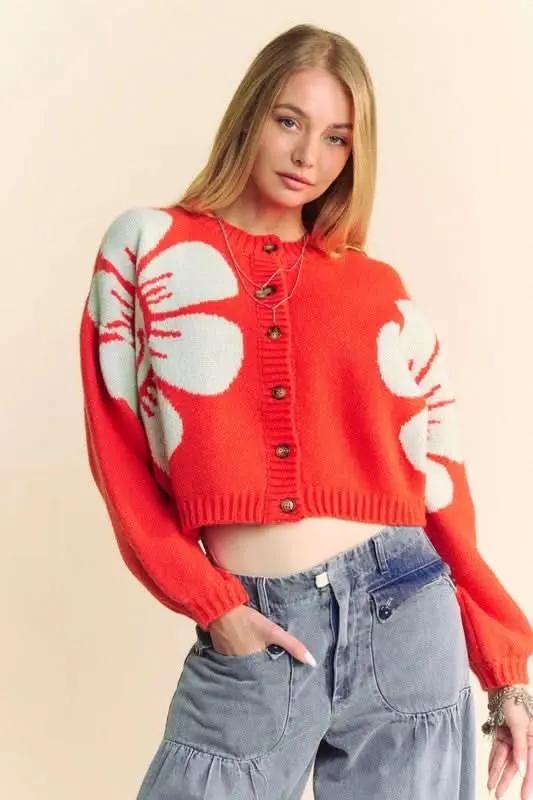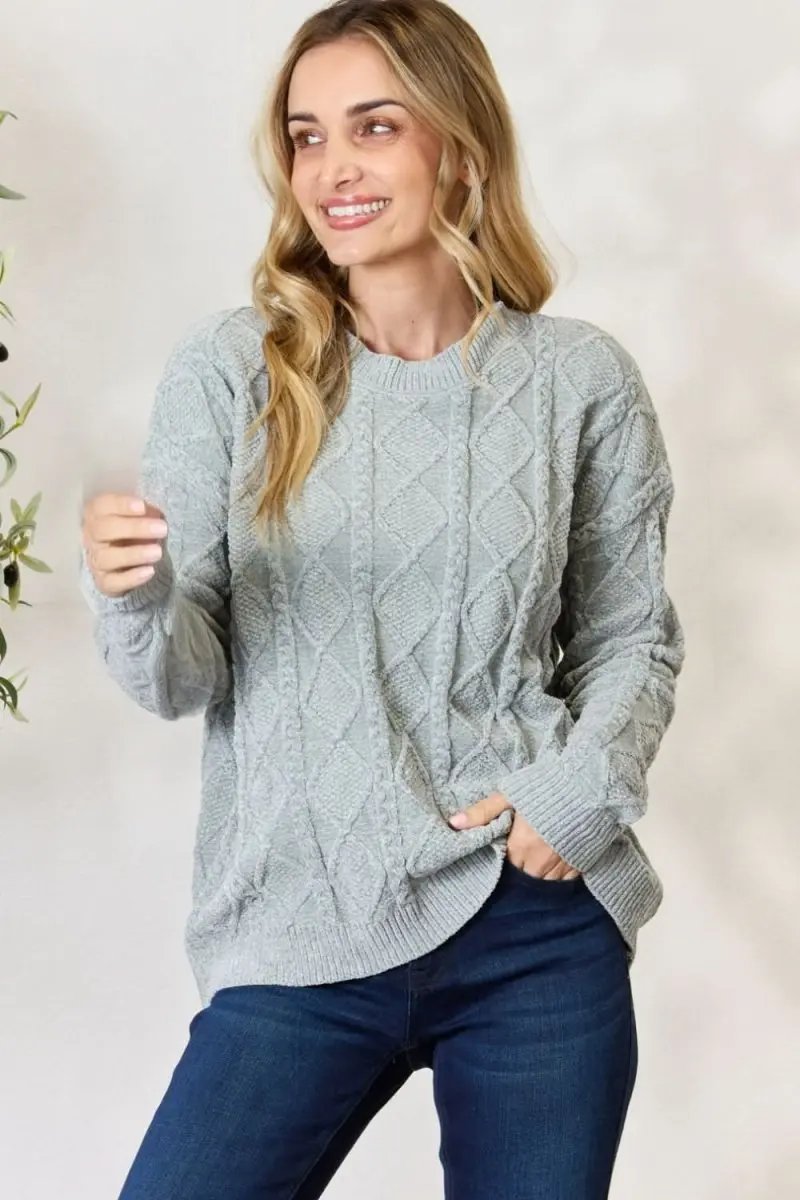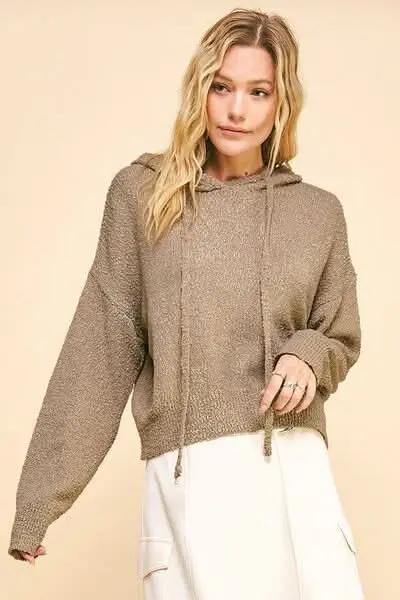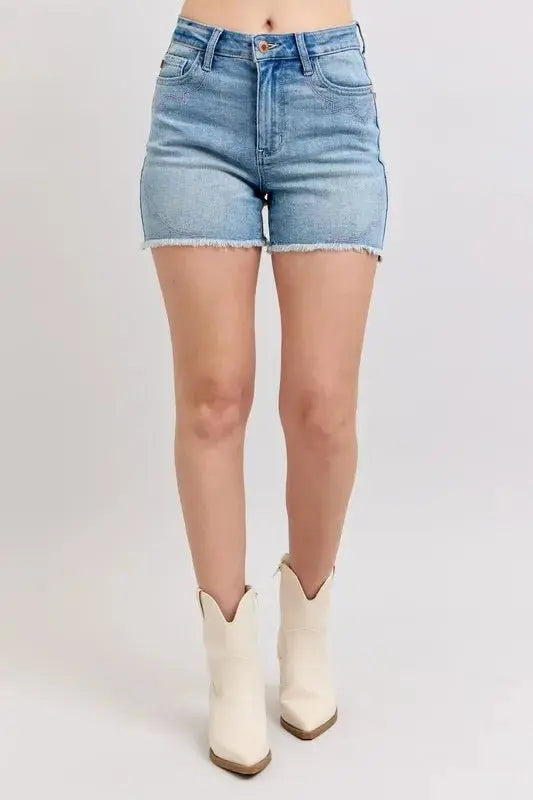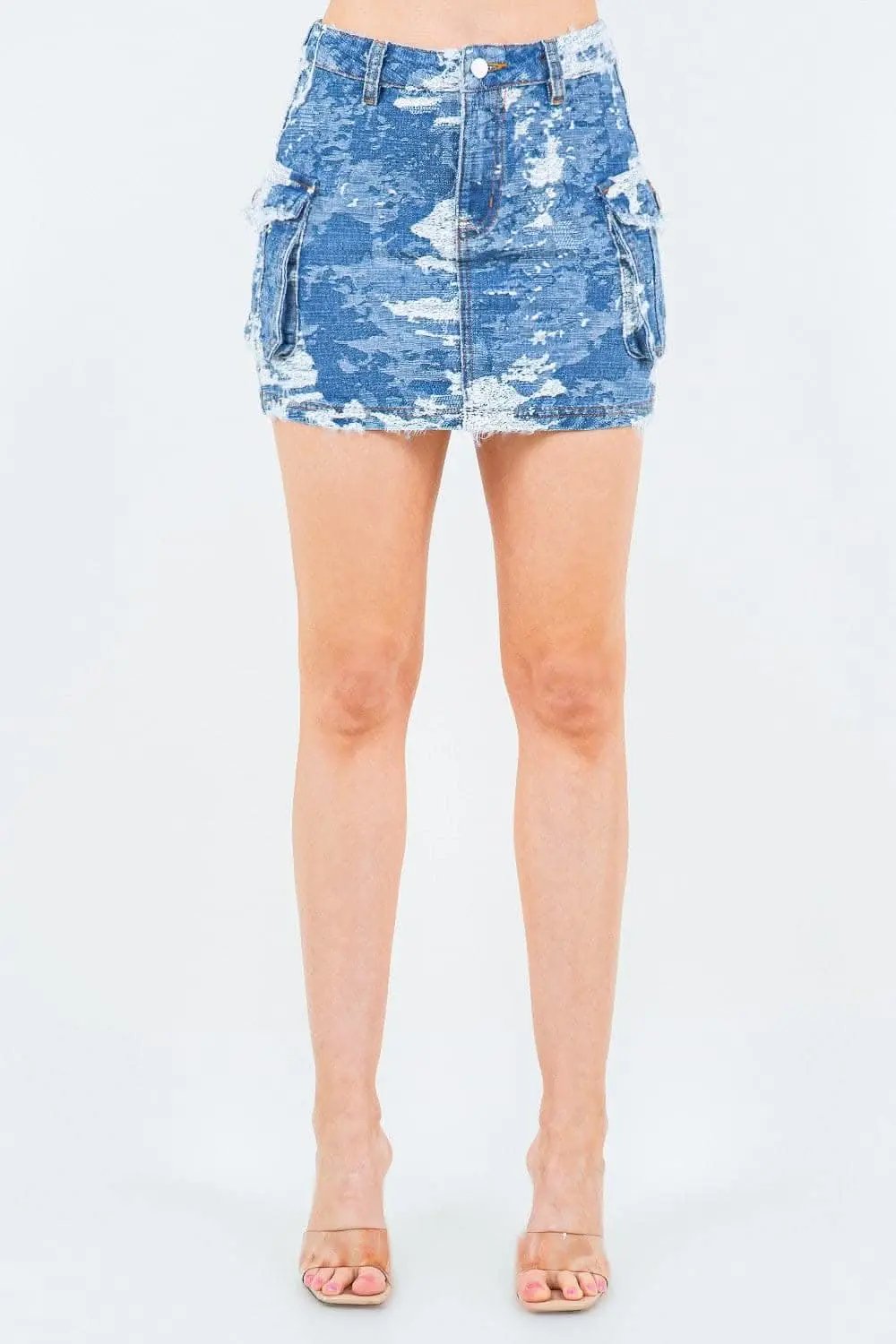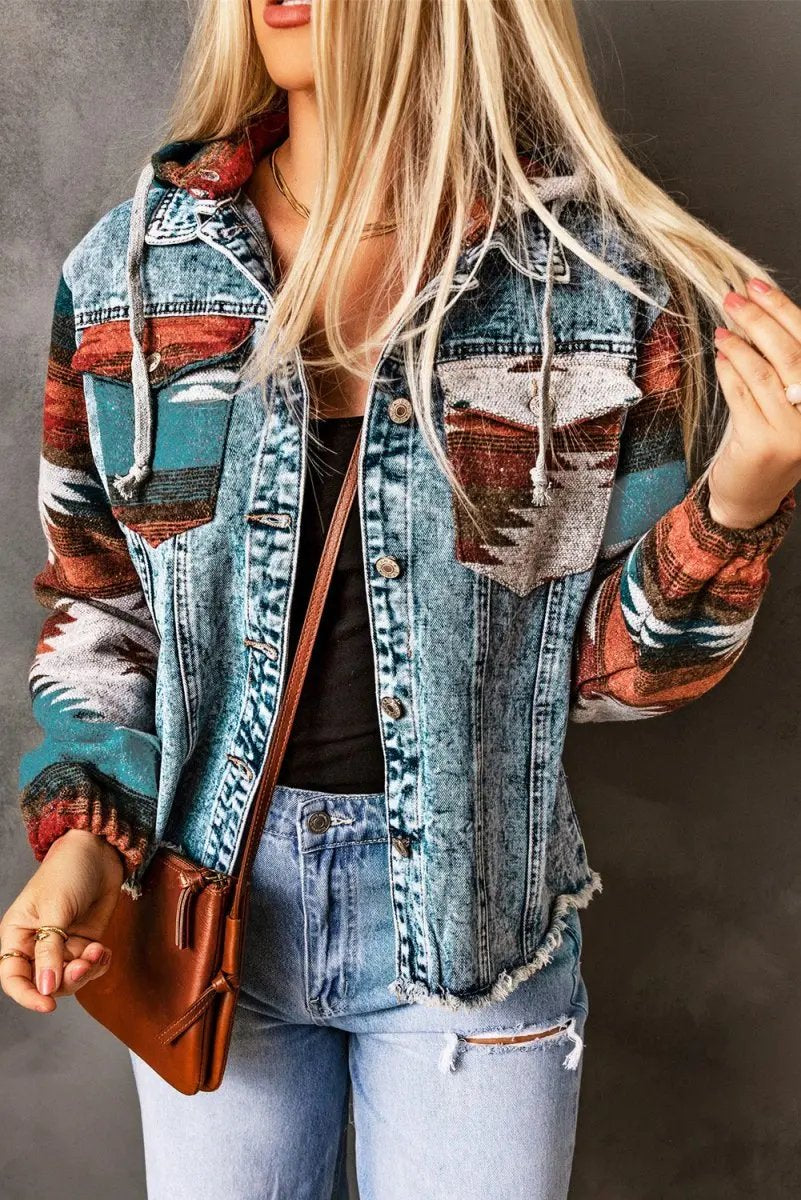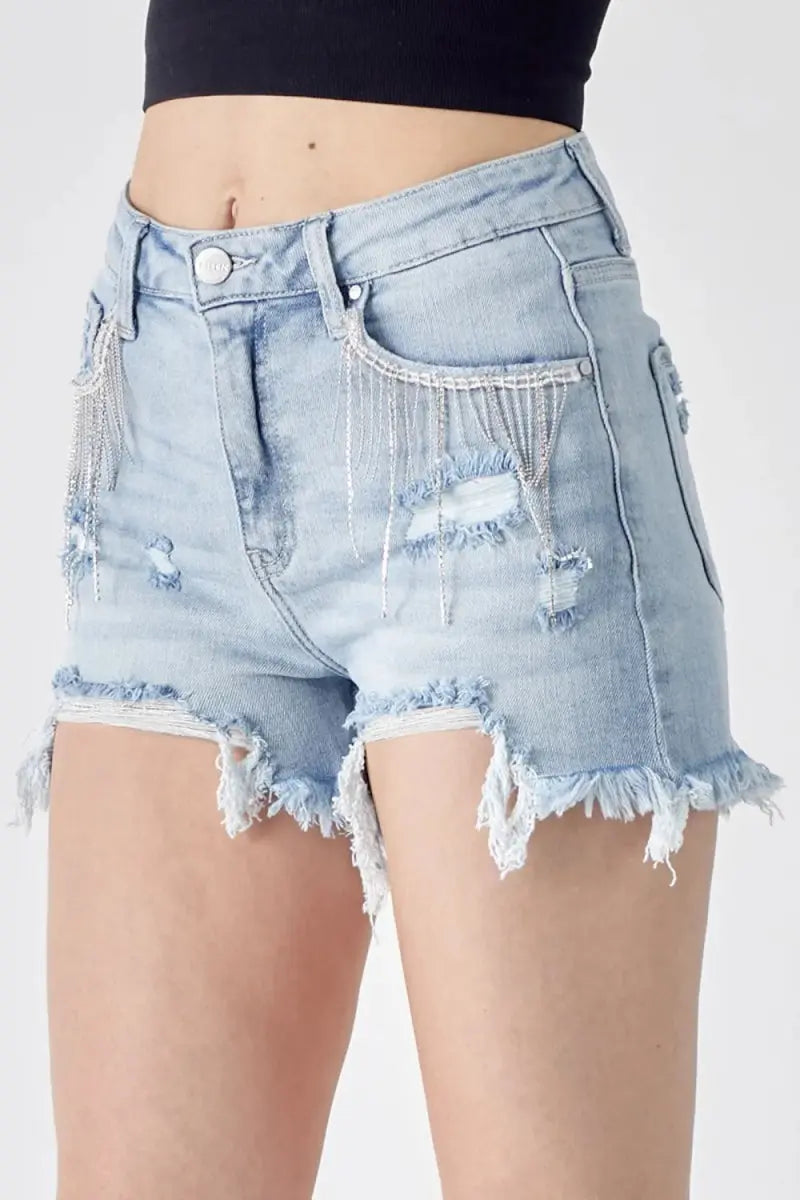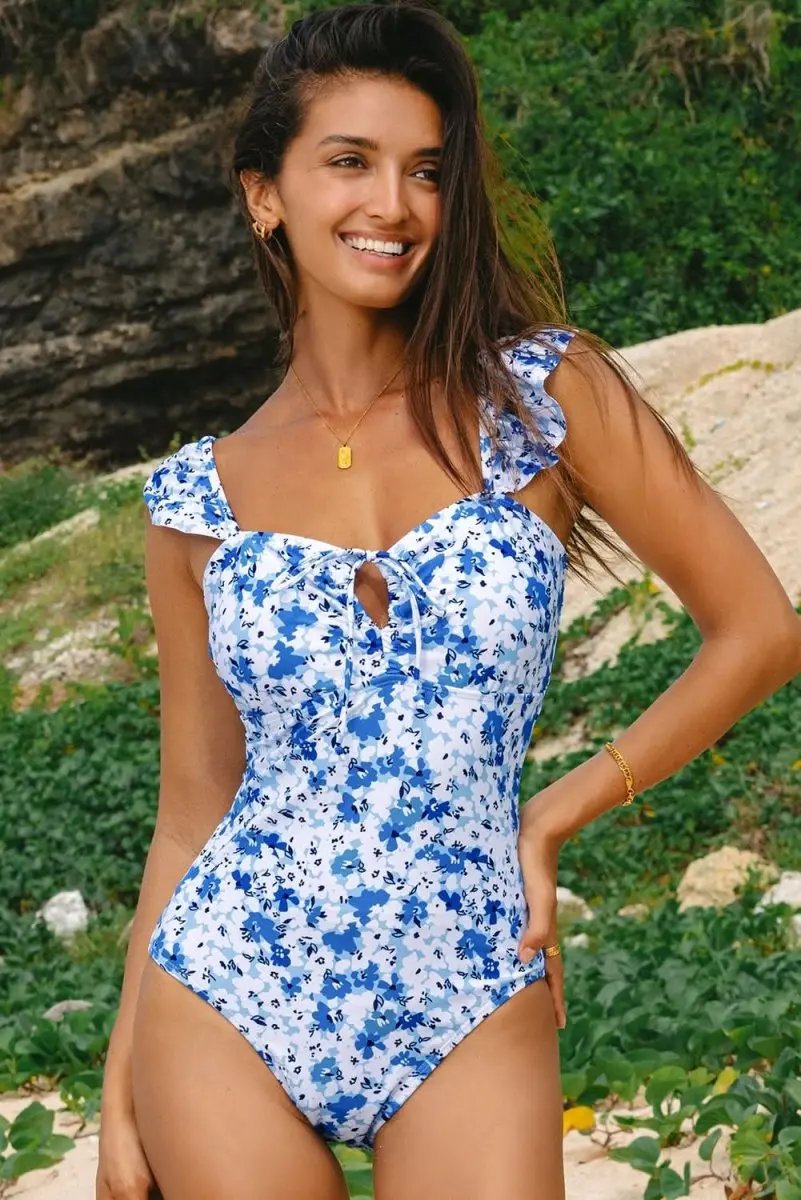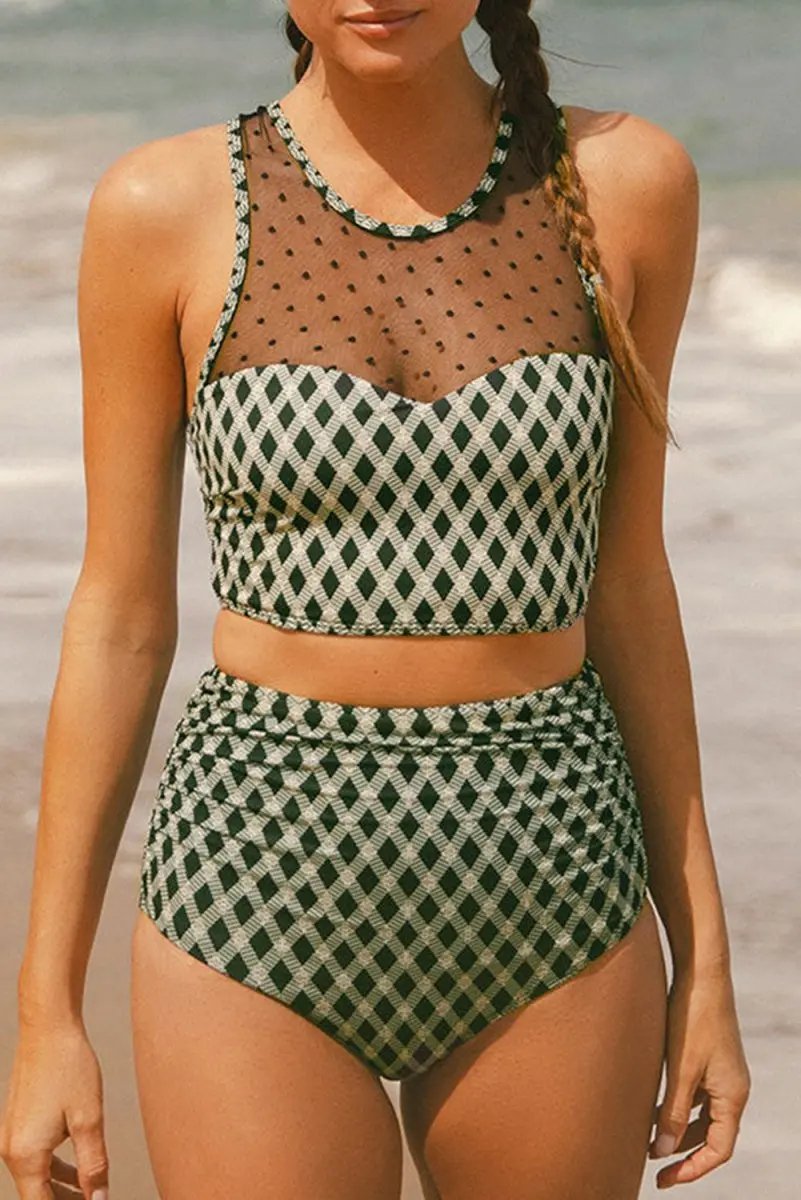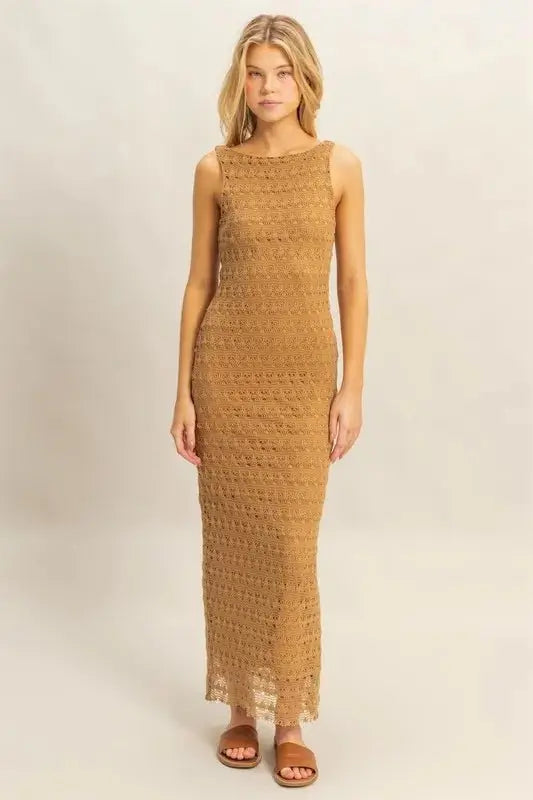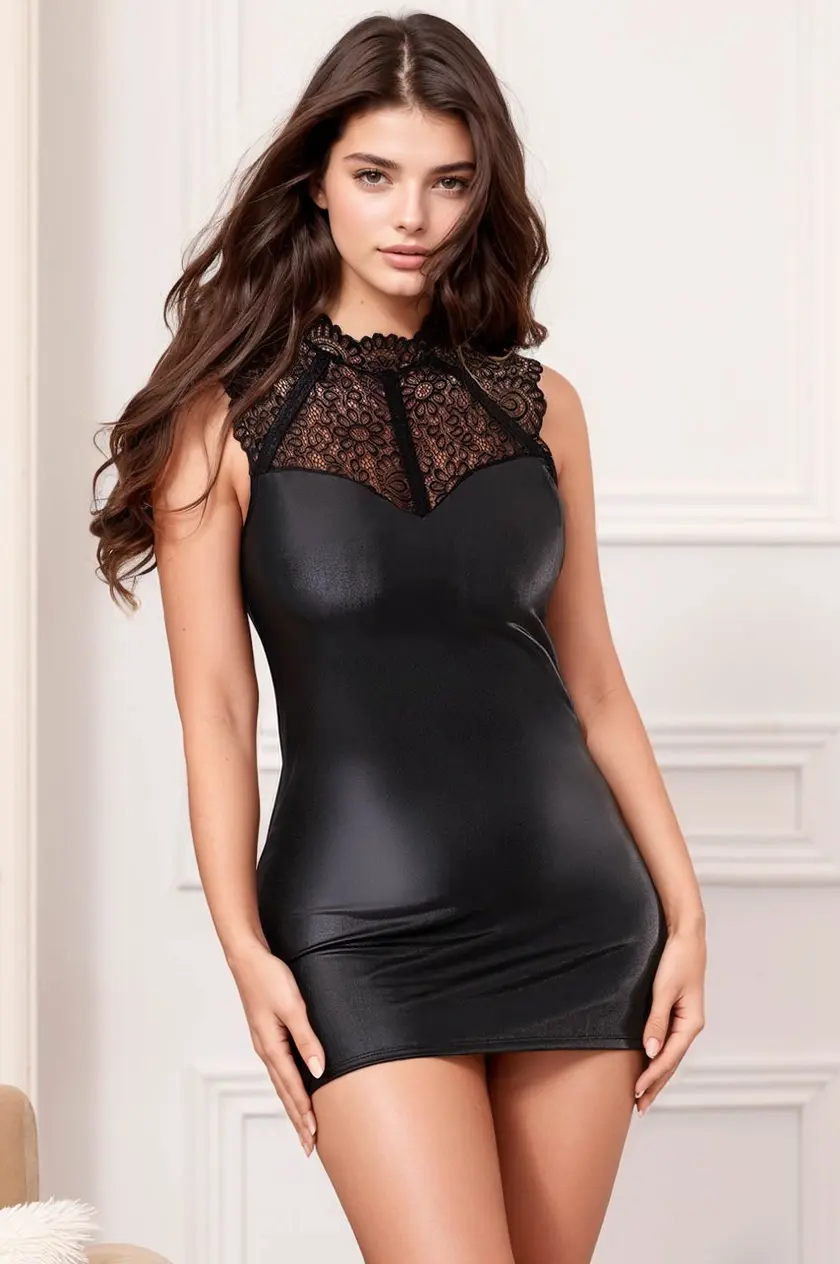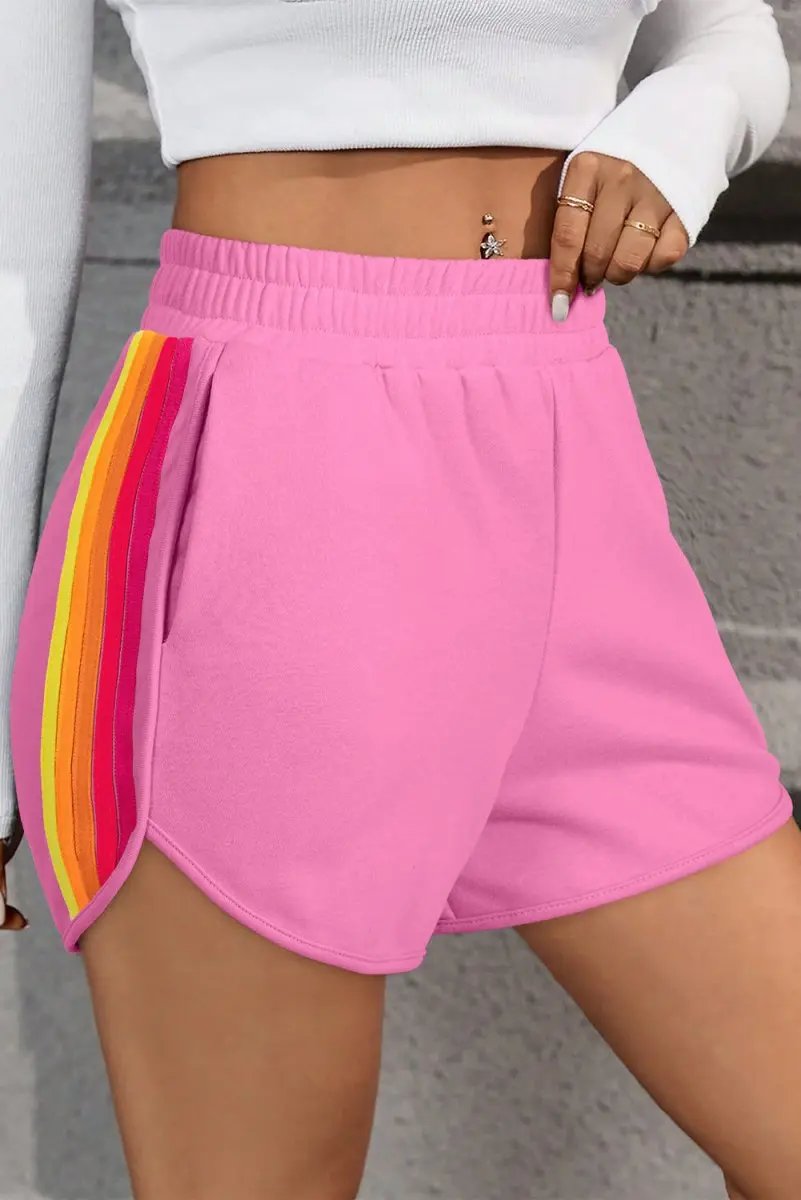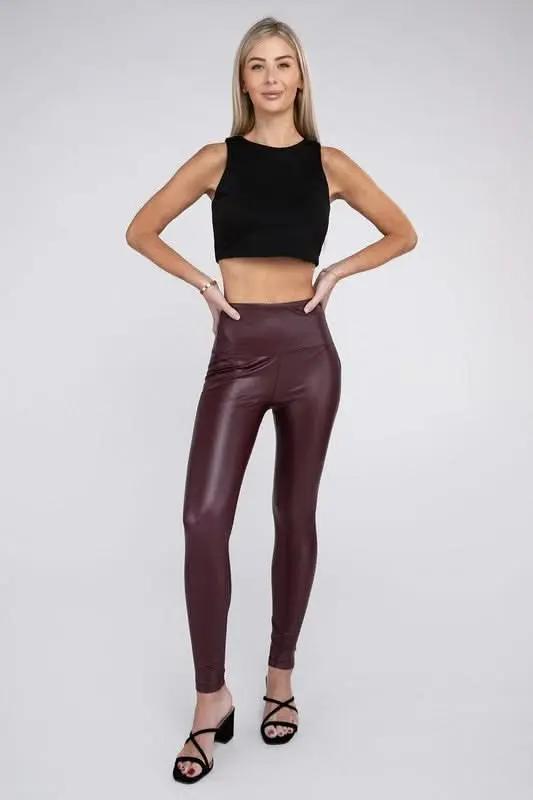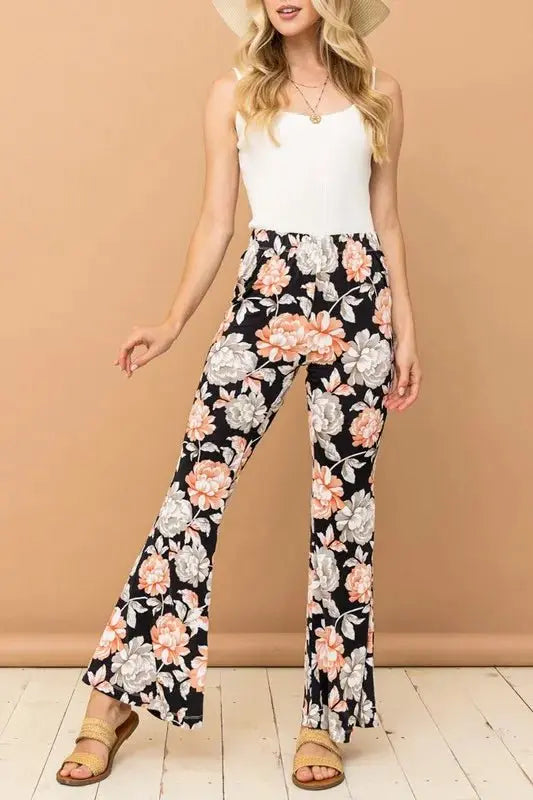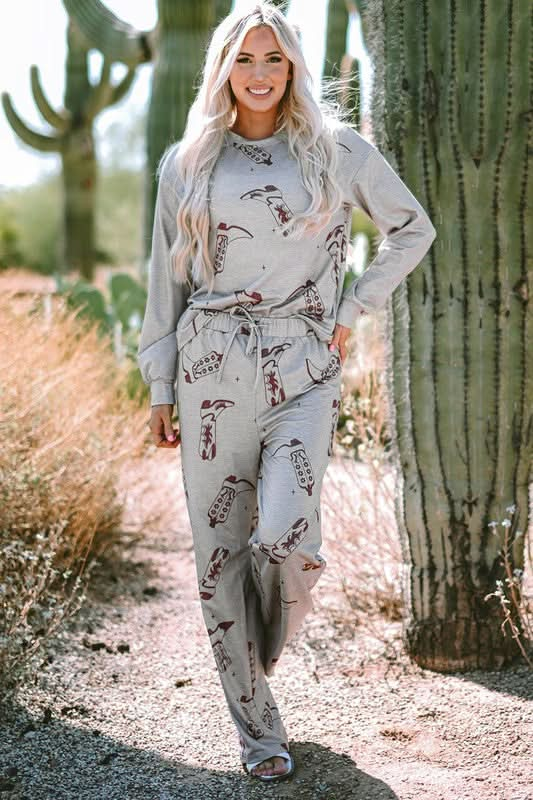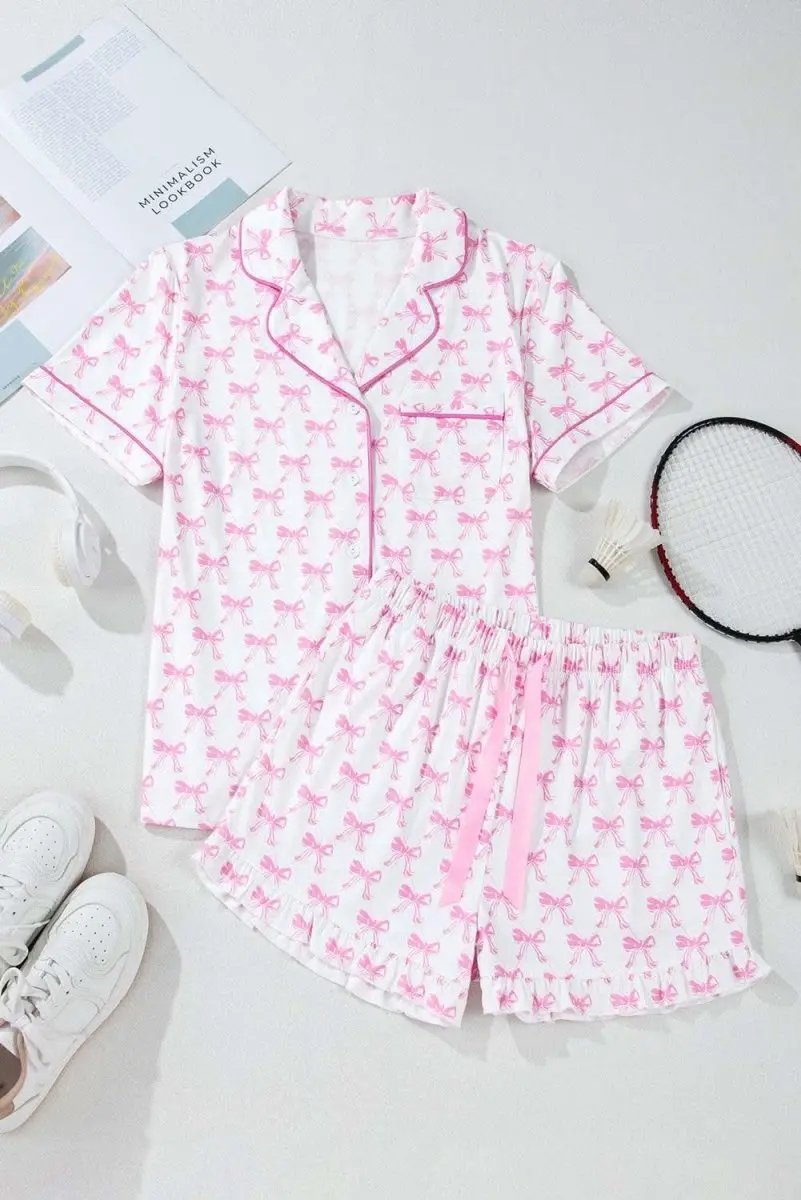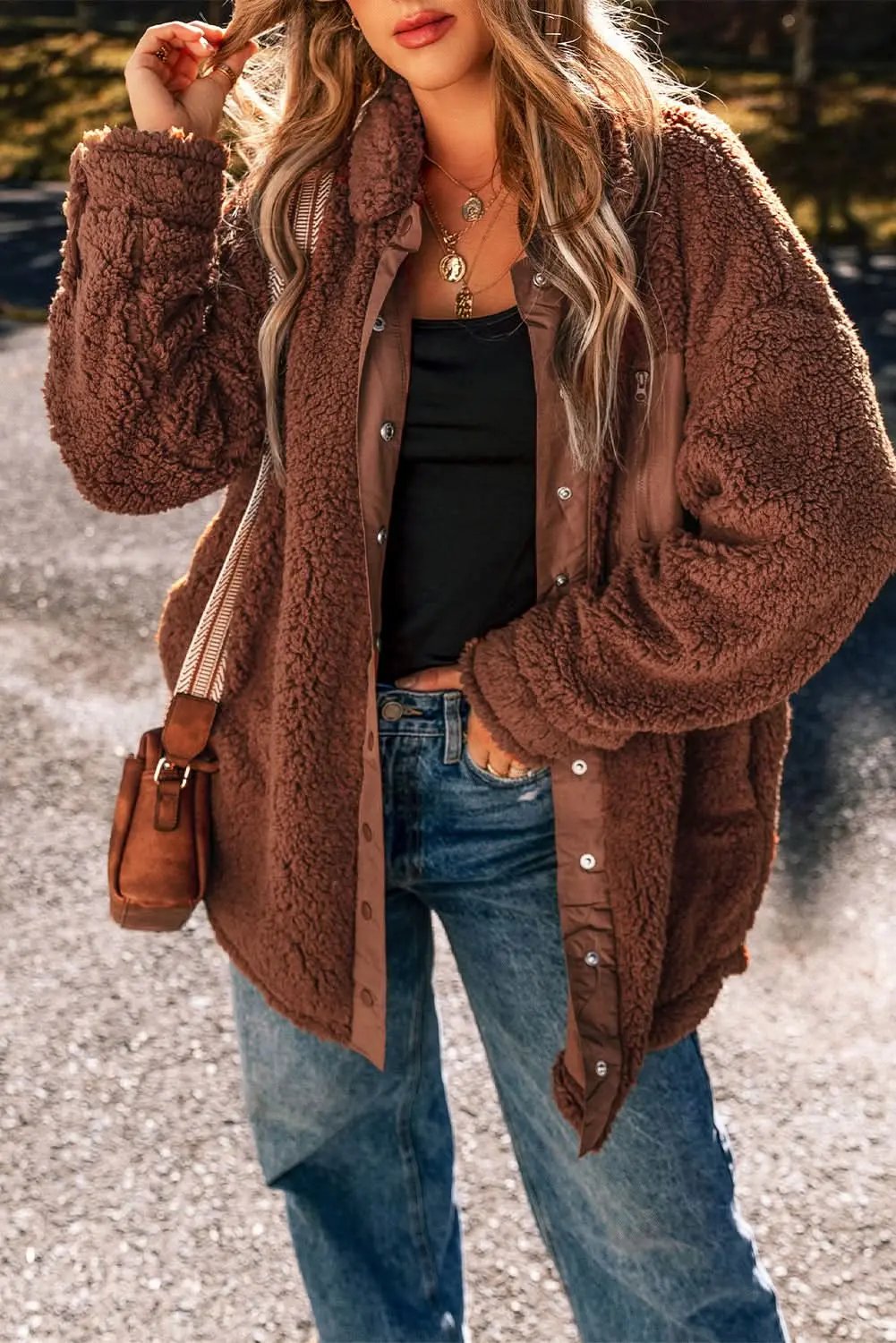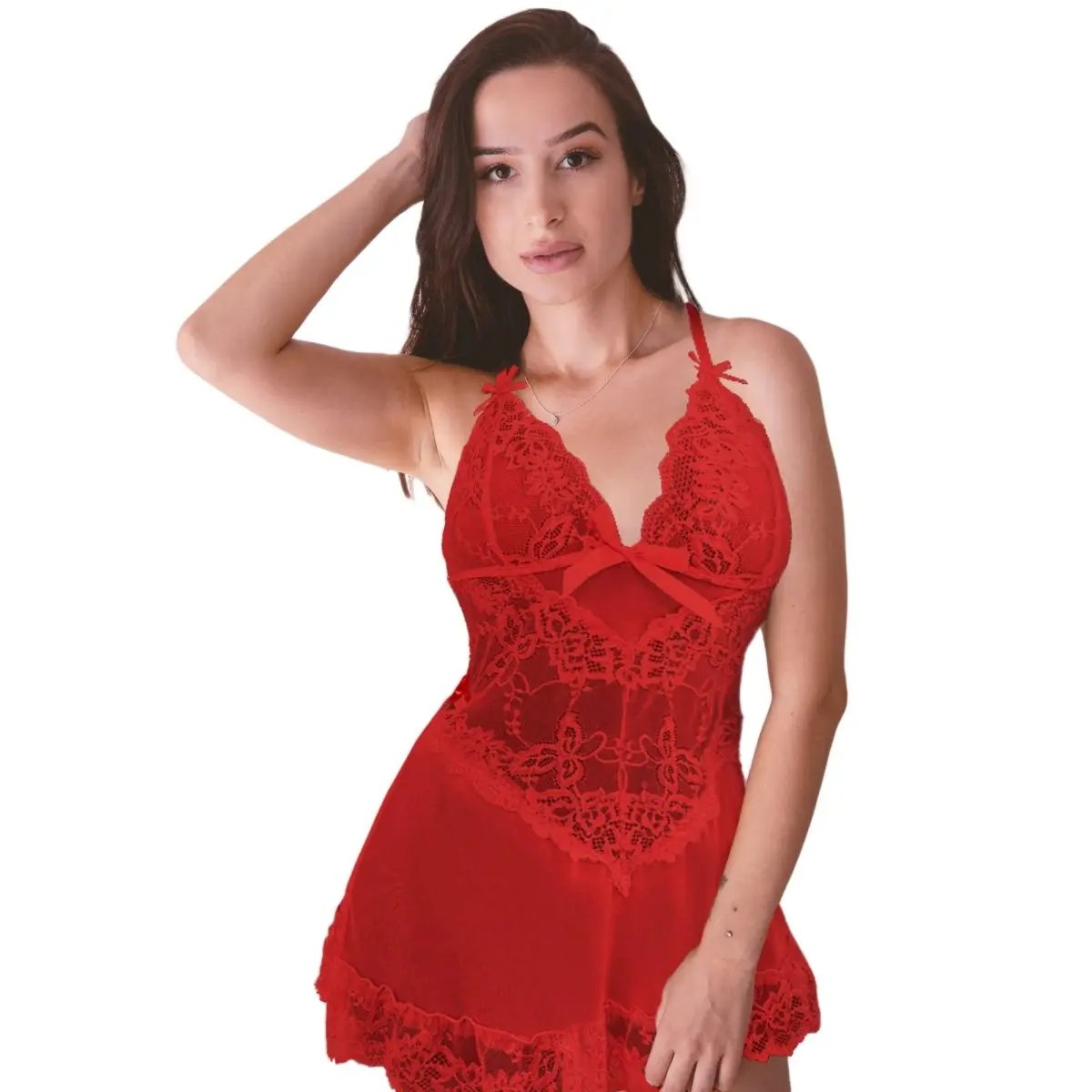How to Blend Vintage Finds with Flying Tomato Pieces for a Sustainable, Mix‑and‑Match Plus‑Size Wardrobe
Building a plus-size wardrobe that feels uniquely you while being kind to the planet is entirely achievable by blending vintage finds with modern Flying Tomato pieces. This long-form guide covers everything from measurements and fabric knowledge to tailoring tricks, seasonal outfit formulas, sourcing strategies, and content tips so you can confidently curate a sustainable, mix-and-match closet that flatters your curves and reflects your style.
Why mixing vintage and Flying Tomato works so well
Combining vintage clothing with Flying Tomato items creates a wardrobe that balances personality with reliable fit and comfort. Here’s why this strategy is especially smart for plus-size shoppers in 2025.
- Unique aesthetic: Vintage brings prints, trims, and silhouettes you won't find in fast fashion, helping you stand out.
- Better fit options: Many vintage garments were designed with different proportions and structural elements like higher waistlines and fuller skirts that can flatter curvier bodies.
- Built-in sustainability: Buying secondhand reduces waste and keeps garments in use longer, while targeted purchases of modern basics prevent overconsumption.
- Improved cost-per-wear: A few well-chosen Flying Tomato staples plus thoughtfully sourced vintage pieces deliver more outfit combinations for less money.
- Mix of stretch and structure: Flying Tomato often uses stretch fabrics for comfort; pairing those with vintage structure (boning, waistbands) creates balanced silhouettes.
SEO keywords to keep in mind
To help this content perform well and to guide your own posts, use primary keywords naturally:
- plus-size wardrobe
- mix and match vintage
- Flying Tomato styling
- sustainable fashion plus-size
- thrifted plus-size outfits
Measure once, buy with confidence
The foundation of successful thrifted shopping and online Flying Tomato purchases is accurate measurements. Keep a measurements sheet and update it seasonally.
- Required measurements: bust, underbust, waist (natural), high waist (if you wear high-rise styles), hips (at fullest point), rise (front), shoulder width, back length, torso length (top of shoulder to crotch) and sleeve length.
- How to measure: use a flexible tape, measure snug but not tight, and repeat twice. Wear a bra similar to what you'll use with fitted garments.
- Understand ease: negative ease means the garment is smaller than the body (common in stretch pieces); positive ease means the garment is larger, allowing room for layers.
Know your fit preferences
Sorting your closet into what you like to wear makes shopping faster and reduces impulse buys.
- Silhouettes you prefer: fitted at waist, empire waist, A-line, shift, wrap, oversized, boxy, tailored.
- Fabric tolerance: which materials itch, which you prefer for breathability, and which you avoid because they don't drape well on your body.
- Comfort parameters: how much stretch you need in jeans, maximum inseam you like, preferred sleeve lengths.
Core Flying Tomato pieces to build around
Start with a compact capsule of Flying Tomato basics that anchor outfits and pair well with vintage elements.
- Neutral bodysuit or fitted tee: acts as a clean base.
- High-waist stretch jeans: stable and easy to pair with vintage tops and jackets.
- Structured blazer: modern tailoring that can tone down ornate vintage blouses.
- Midi skirt in a neutral: pairs with vintage sweaters and modern tops alike.
- Comfort dress in solid color: versatile for layering or accessorizing.
- Light outerwear like a trench or utility jacket: practical, layerable, and seasonless.
Vintage sourcing strategy: where to hunt and what to search for
Great vintage finds require a plan. Use the right search terms, inspect condition, and understand seller policies.
- Where to look: local thrift stores, vintage boutiques, estate sales, Facebook Marketplace, Etsy vintage shops, Depop, eBay, Poshmark, and niche plus-size vintage shops online.
- Search terms that help: "plus size vintage dress", "vintage wrap dress", "plus size 1970s coat", "size 18 vintage", "elastic waist vintage skirt".
- Condition notes: look for patched areas, replaced zippers, lining condition, stains that won’t launder out, and sun-fading. Ask sellers for detailed measurements and additional photos.
- Ask about returns: many secondhand sellers have no-return policies; confirm before buying.
Fabric and construction glossary for thrifted success
Understanding fabrics helps you predict how a vintage garment will wear and whether it will integrate well with modern pieces.
- Natural fibers: cotton, linen, wool, silk — breathable and often higher quality. Wool and silk may require special care.
- Rayon: common in mid-century garments; drapes nicely but can be delicate and prone to shrinkage.
- Acetate: shiny and used as lining; can degrade with time.
- Polyester blends: durable but may pill; modern Blends often include stretch for comfort.
- Boning and understructures: corset-like support in vintage garments can offer shape but may be restrictive.
Condition checklist before you buy vintage
Small defects are fixable; major structural issues are not worth the investment unless you have substantial tailoring skills.
- Seams: pull threads or split seams can be repaired, but check how extensive the damage is.
- Closures: test zippers, buttons, and snaps. Replacing a zipper is common but can be costly if complex.
- Stains: oil and yellowing can be permanent on delicate fabrics; ask about laundering history.
- Lining: torn or missing linings reduce comfort and longevity.
- Odor: musty smells can sometimes be fixed with airing and careful cleaning; strong odors (smoke, pet) may be difficult to remove.
Tailoring techniques that transform vintage pieces
Investing in a skilled tailor is one of the best ways to make vintage feel modern and fit your body perfectly. Here are specific alteration strategies.
- Taking in side seams: the most common alteration to reduce overall volume.
- Adding panels or gussets: ideal when a vintage garment is too small but has design elements worth saving; a tailor can add fabric in strategic places that echo the garment's aesthetic.
- Adjusting shoulders and necklines: shifting shoulder seams and shortening sleeves improves proportion.
- Replacing linings: modern linings increase comfort and durability while adding stability.
- Shortening hems: turning a vintage maxi into a midi or mini can dramatically modernize the look.
DIY mending and upcycling ideas
If you’re handy with a needle or a sewing machine, do-it-yourself fixes can save money and create a personalized garment.
- Patchwork accents: use leftover vintage fabrics to patch or add contrast panels.
- Rework hems: create a raw-edge hem for casual looks or add trim for a polished finish.
- Convert dresses into separates: cut and finish to make skirts or tops.
- Add elastic inserts: create stretch at the waist or cuffs for more comfort.
Color strategy and pattern mixing rules
A cohesive color strategy helps vintage prints and modern neutrals live together harmoniously.
- Pick a palette: choose 3–5 base colors that repeat across your wardrobe for easy mixing.
- Neutral anchors: black, white, navy, tan, or cream keep busy vintage prints grounded.
- Pattern scale: pair a large-scale vintage print with a small-scale modern print or a solid; avoid two large prints together unless you’re intentionally making a bold statement.
- Accent colors: pull one color from a vintage print and repeat it in accessories or a Flying Tomato piece for cohesion.
Layering strategies for flattering plus-size silhouettes
Good layering can refine shape and add versatility to pieces from different eras.
- Use fitted base layers: start with a sleek bodysuit or tee to keep layers smooth against your body.
- Create vertical lines: open jackets, long cardigans, or vests extend the eye and elongate the torso.
- Define the waist: belts (modern slim or vintage wide) help create an hourglass look when desired.
- Chunky over thin: pair a delicate vintage top with a sturdy Flying Tomato jacket to balance texture and proportion.
Seasonal outfit formulas — extended examples
Below are multiple outfit ideas for each season to illustrate how vintage and Flying Tomato pieces can be combined in practical, stylish ways.
Spring
- Vintage floral wrap dress + lightweight Flying Tomato denim jacket + ankle boots or loafers + thin belt.
- High-waist Flying Tomato jeans + vintage ruffled blouse + cropped cardigan + ballet flats.
Summer
- Vintage slip dress + Flying Tomato linen shirt left open as a cover-up + sandals + woven tote.
- Lightweight Flying Tomato tank + vintage A-line skirt + espadrilles + straw hat.
Fall
- Flying Tomato knit sweater + layered over vintage midi skirt + tall boots + wool coat.
- Vintage trench or duster coat + Flying Tomato high-waist trousers + turtleneck + loafers.
Winter
- Thermal Flying Tomato base layer + vintage boucle blazer + wide-leg jeans + ankle boot + heavy scarf.
- Vintage wool coat + Flying Tomato sweater dress + tights + knee-high boots.
Shoes and accessories: balance proportion and period
The right shoes and accessories bridge eras and finish looks.
- Shoes: pair vintage dresses with modern sneakers for contrast, or with modern heels for a refined touch. Chunky vintage shoes can pair well with slim modern bottoms.
- Bags: a modern crossbody or minimalist tote tones down ornate vintage garments; conversely, a vintage clutch can elevate a simple modern dress.
- Jewelry: choose one era-dominant accent—either a statement vintage necklace or modern minimalist jewelry, not both.
Care and storage for longevity
Proper care extends garment life—good for your wallet and the planet.
- Label and list: note fabric and care instructions for each thrifted purchase, and store that info in a closet app or notebook.
- Laundering: hand wash silk and rayon when possible. Use cold water and mild detergent for delicate blends.
- Steam instead of iron: steaming reduces stress on old fibers and avoids crushing texture.
- Storage: fold heavy knits, hang jackets and structured garments on wide, supportive hangers, and store off-season items in breathable containers with cedar or lavender.
Budgeting and cost-per-wear calculations
Budget with intentionality to maximize value and minimize waste.
- Prioritize spending: pay more for a versatile Flying Tomato staple that you’ll wear often; hunt for statement vintage at lower price points.
- Calculate cost-per-wear: divide the price by expected wears. A $60 dress worn 60 times costs $1/wear, which is excellent value.
- Allow for alteration costs: factor in tailoring when deciding whether a vintage piece is worth buying.
How to photograph and write about your outfits (SEO-focused)
If you share looks on a blog or social media, optimize content so others can find and learn from your styling.
- Photo tips: use natural light, show full outfit plus a close-up of textures and labels, photograph from multiple angles.
- Image alt text examples: "plus-size vintage floral wrap dress paired with Flying Tomato denim jacket"; include key phrases like "plus-size" and "Flying Tomato".
- Post structure: include an H2 for each major idea, short paragraphs, and lists for scannability. Put main keywords in the title and first 100 words.
- Use long-tail keywords: "plus-size sustainable outfit ideas", "how to style vintage for plus-size" will attract specific search intent.
Social sharing: hashtags and community
Connect with plus-size and sustainable fashion communities to exchange tips and find sellers.
- Hashtags to try: #PlusSizeFashion, #ThriftedStyle, #SustainableFashion, #FlyingTomatoStyle, #CurvyStyle, #PlusSizeThrift.
- Community actions: join local clothing swaps, repair cafes, and plus-size vintage groups to share measurements and seller recommendations.
Common mistakes and how to avoid them
Learn from common pitfalls so you waste less time and money.
- Buying without measurements: leads to disappointment; always compare garment measurements to your body.
- Ignoring alteration costs: a "perfectly" priced item might become expensive after tailoring.
- Overloading on novelty: limit statement vintage pieces so outfits remain wearable.
- Skipping fabric checks: some vintage fabrics won’t last or are not comfortable against skin.
Real-life success stories and inspiration prompts
Use prompts to experiment and document your progress.
- Challenge: create five outfits using one Flying Tomato knit and three vintage pieces within a week.
- Before-and-after: photograph a vintage garment before tailoring and after to track improvement.
- Wardrobe audit: list items you haven’t worn in six months and decide whether to alter, donate, or upcycle them.
Frequently asked questions (FAQ)
Short answers to questions many plus-size vintage shoppers have.
- Will vintage fit plus-size bodies? Some pieces will. Focus on generous silhouettes, elastic waists, and alterations when needed.
- Is it cost-effective? Yes—vintage often offers unique style at lower prices; factor in tailoring for true cost.
- How do I know if a vintage fabric is safe to wear? Ask about odor and stains, inspect for fragile fibers, and test a small hidden area when in doubt about cleaning.
- Can I combine many prints? Yes, but balance scale and color. Use a neutral Flying Tomato piece to ground busy patterns.
Next steps: a 30-day plan to transform your closet
Follow this simple plan to make meaningful progress in a month.
- Week 1: Measure yourself and audit your closet. Identify 5 Flying Tomato basics you own or need.
- Week 2: Visit 2 thrift stores and browse online marketplaces with a targeted search list. Buy 1–2 promising vintage pieces with good measurements and condition.
- Week 3: Take purchased pieces to a tailor for necessary alterations. Purchase any missing Flying Tomato basics.
- Week 4: Create and photograph 10 outfits from your new mix-and-match wardrobe. Post one on social media or write a blog post with proper SEO elements.
Final thoughts
Blending vintage finds with Flying Tomato pieces is a powerful strategy for building a sustainable, versatile, and deeply personal plus-size wardrobe. The keys are measurement accuracy, understanding fabric and construction, investing in a few reliable modern basics, and being strategic about tailoring and care. With time, you'll create a closet where every piece earns its place and helps you tell your style story while reducing fashion waste.
Start small: measure yourself, pick one Flying Tomato staple to anchor a look, and hunt for one vintage piece that pairs with it. Over time you’ll build a mix-and-match wardrobe that's comfortable, flattering, and full of character.
